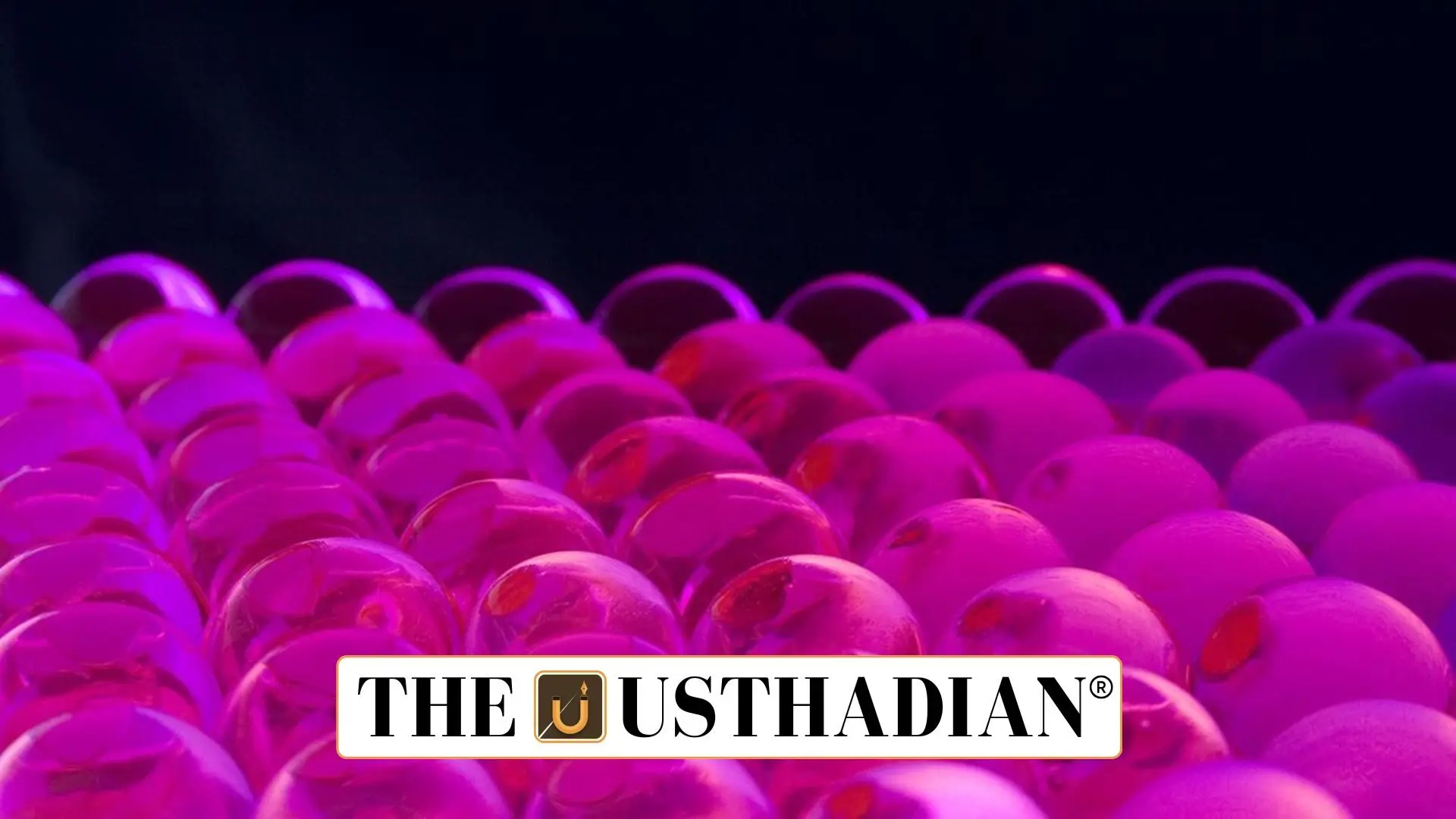A New Frontier in Cancer Treatment
India’s Hydrogel Breakthrough: A Smarter, Safer Way to Fight Cancer: India has taken a major leap in cancer care. Researchers from IIT-Guwahati and Bose Institute, Kolkata have developed a smart injectable hydrogel that could change how chemotherapy is delivered. This isn’t just a new product—it’s a new strategy: one that focuses on targeted, low-toxicity treatment, with better outcomes and fewer side effects.
What Is This Hydrogel and Why Is It Special?
A hydrogel is a jelly-like material that can hold large amounts of water. But this one does more than that. It’s built from ultra-short peptides, making it biocompatible and biodegradable. Once injected near the tumour, it stays in place and slowly releases the anti-cancer drug Doxorubicin—but only when triggered by the tumour’s chemical environment.
This innovation was recently published in the Materials Horizons journal, marking its recognition in the global scientific community.
How Does It Work?
The magic lies in a chemical called glutathione (GSH). Found in all cells, it exists in much higher levels in tumour cells. The hydrogel detects these levels and starts to release the drug only in such high-GSH zones—right inside the tumour, not the whole body. Think of it as a medicine vault that only opens in cancer zones.
Results So Far: What the Mouse Model Tells Us
In preclinical trials on lab mice with breast cancer, the results were promising. A single injection of this hydrogel shrank tumour size by nearly 75% in just 18 days. That’s a huge success. And because the drug stayed near the tumour, healthy organs were spared, avoiding many of the painful side effects of traditional chemotherapy.
Why It’s Better Than Traditional Chemotherapy
Normal chemotherapy floods the entire body with drugs. While it kills cancer cells, it also harms healthy ones, leading to hair loss, fatigue, nausea, and more. This hydrogel changes that. It targets only the tumour, reducing harm to the rest of the body and allowing smaller doses with greater impact.
STATIC GK SNAPSHOT FOR COMPETITIVE EXAMS
| Topic | Data / Fact |
| Innovation | Smart Injectable Hydrogel for Cancer |
| Developers | IIT-Guwahati and Bose Institute, Kolkata |
| Published In | Materials Horizons journal |
| Drug Used | Doxorubicin (chemotherapy agent) |
| Trigger Mechanism | Glutathione (GSH) levels in tumour cells |
| First Tested In | Murine (mouse) model |
| Tumour Reduction | ~75% in 18 days |
| Nature of Hydrogel | Biocompatible, biodegradable, peptide-based |
| Potential Uses | Breast cancer; can be adapted for lung, ovarian, and other cancers |








